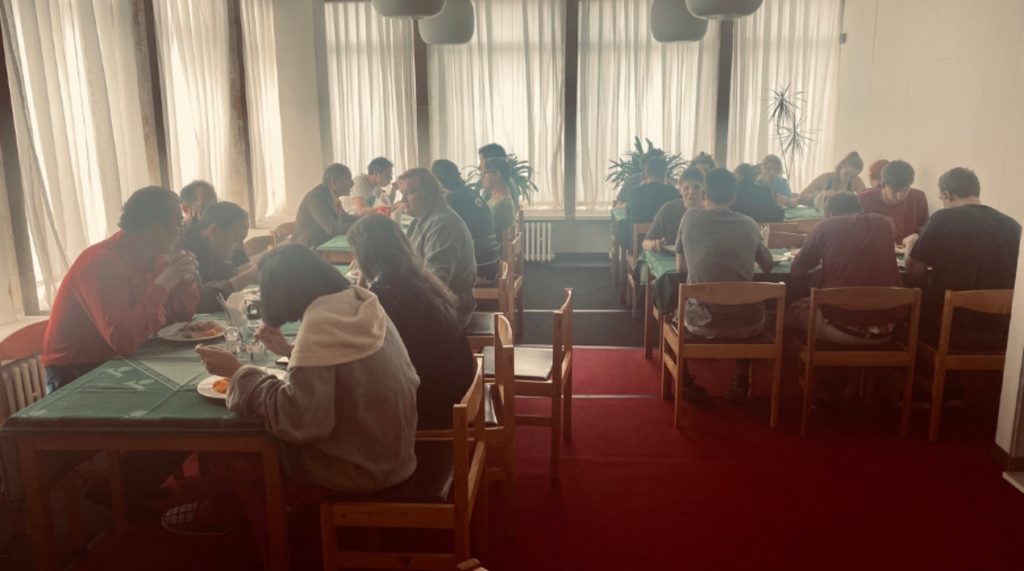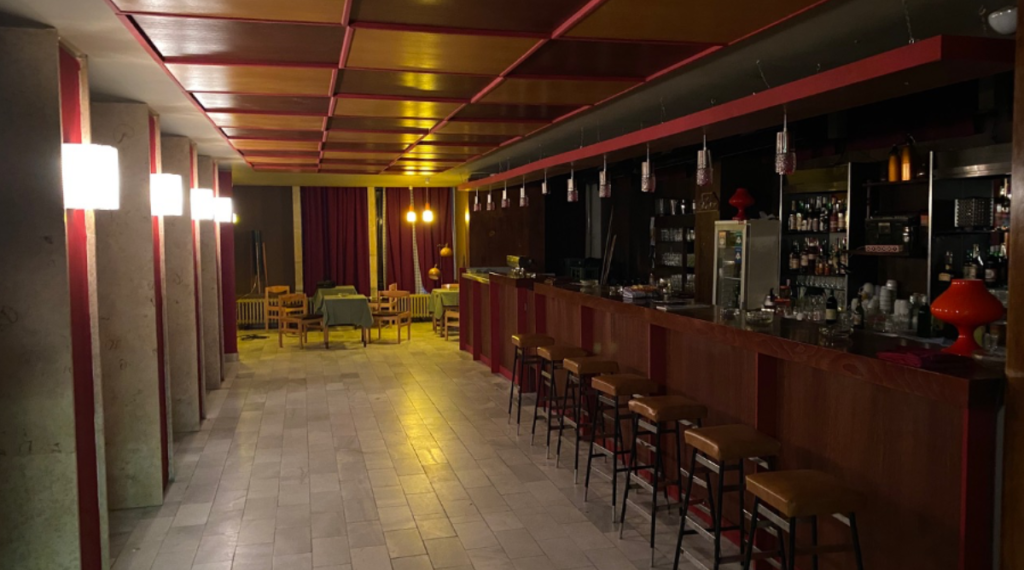No one can deny that it’s necessary that everyone plays their part in environment protection. The production of AV projects comes hand in hand with significant consumption of every possible source (energy, food, transportation) and it’s therefore necessary to minimise waste and maximise ecological and efficient treatment of resources.
Introducing sustainability principles should be an inherent part of every shoot / AV project realisation. It’s naturally necessary to allocate a special budget to achieve the highest possible level of green set. Some basic principles can be implemented also in low-budget projects. It means that the producer must plan how to approach these measures and participation of the entire crew is necessary. It is only rarely that we encounter suppliers who see this approach as problematic – most of them are accustomed to at least the basic tasks.
The film Occupation produced by Julie Žáčková and Jan Hlavsa recently won four Czech Film Critics’ Awards (Discovery of the Year, Best Film, Best Director, Best Screenplay). Even though it was a low- budget film, the producers managed to implement many measures which represent no extra costs but have a considerable effect on the sustainability of the whole production. They drew inspiration from various international guidelines including the British Albert organisation and Green Screen with which they had previous experience from advertisement production. Here’s a list of 7 things which helped to significantly reduce the project’s environmental impact and carbon footprint:
Reduction of Disposable Tableware
In projects overseen by Julie Žáčková and Jan Hlavsa, it is a standard that everyone uses their own water bottle. Every crew member gets their own bottle, signs it, and uses it for the entire duration of the shoot instead of disposable cups. Water coolers are placed on the set, and everyone has access to water. During this project, this applied also to coffee cups and other tableware. That contributed to reduction of the number of disposal cups and bigger bottles of water and other beverages.
Local Catering
A huge advantage of this project was that the film was shot basically on a single location where there is kitchen and cafeteria. Thanks to this, the production didn’t need to rent a catering bus which usually requires a separate diesel generator (plus the bus itself uses petrol). A local element was also important – the food was sourced only from local suppliers and only available seasonal produce was used instead of procuring food from the supermarket. Disposable tableware was almost eliminated, and food was served od porcelain plates with classic metal utensils which were washed afterwards. In combination with the aforementioned water bottles and mugs for hot beverages, this resulted in a significant reduction of waste.

Digitalisation
The whole production was paperless, meaning there were no printed call sheets. They were distributed electronically every day. Most of the crew luckily operates online and have e-mails on their smartphones so they can check the call sheet and have it at their person at all times. Scripts and other materials were printed only if it was really necessary.
Transportation
As was mentioned before, most of the scenes were shot at a single place. That was a huge advantage with regards to logistics and transportation as most of the crew stayed in one place and was accommodated in the local school which was empty during the summer. And when somebody needed to be transported to the set, carpooling was the preferred option. This way, we managed to reduce the number of cars used by the production.
Art Department
The producers also tried to be far-sighted and arranged with the owner in advance that once the production finishes, the set decoration will remain in the interior and a costly and environmentally unfriendly disposal will thus be avoided. The owner also saved some money on the renovation of his bar which will remain like this for several more years. Majority of the costumes was borrowed from the Czech Television inventory or obtained from second hands and afterwards returned. Only a small portion of costumes were sold back to second hands or donated.

Energy saving
The production used only energy-saving LED lighting which enabled us to use only power from the local distribution grid and eliminated any need to use diesel generators. They weren’t needed for catering and the shoot itself and apart from transportation costs for these aggregates we saved dozens of litres of petrol which would have otherwise been used for generating power.
Waste Reduction and Sorting
The amount of waste was significantly reduced by the decision to not use disposable tableware throughout the entire production duration. In addition to using own bottles and mugs, all Julie’s and Jan’s productions also sort waste (paper, plastic, glass). Thanks to the usage of porcelain tableware and metal utensils, the amount of plastic was reduced significantly and the amount of paper and glass necessary wasn’t also reduced. The set basically generated only a small amount of unsortable waste.
The crew welcomed all the aforementioned steps and – barring few minor slips – with the combined effort and passion of everyone, we managed to minimize the impact of the production and inspire the crew to continue like this. The most important things are thoroughness, consistency, enthusiasm, and faith in good results which will come very soon.
Let’s do it better, let’s bgreen!

